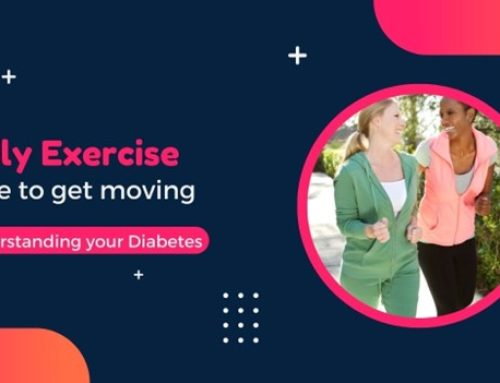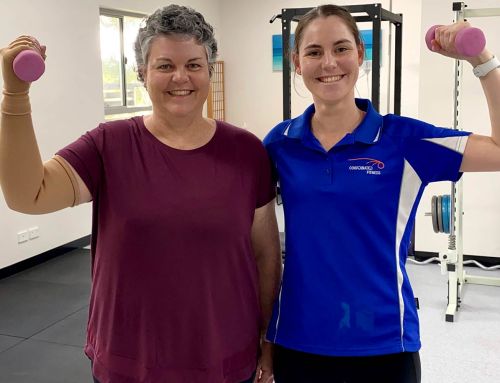
Exercise for Shoulder Pain
Shoulder pain has a lifetime prevalence of up to 70%, suggesting that if you haven’t experienced it yourself already, it’s likely someone known to you has. Whether the pain initiated following a traumatic event or what many like to describe as “general wear and tear”, persistent shoulder pain can be extremely disabling. The most common causes include rotator cuff, glenohumeral (GH) joint and acromioclavicular (AC) joint related pathologies, regardless, recovery can be challenging if active rehabilitation is neglected. The shoulder is one of the most complex areas of the human body to rehabilitate, due to its multiple joints and consequently its numerous movement mechanisms.
As with all musculoskeletal injuries, there is no set of exercises that can cure all incidents of shoulder pain. Additionally, no two incidents of shoulder pain will be identical. Although overlaps of exercise prescription are inevitable between patients, your shoulder pain will require a different approach to rehabilitation as to another individual. In saying that, the following are three versatile exercises that can benefit a wide array of individuals suffering from shoulder pain.
Kettlebell SA shoulder press
This exercise can be used as an alternative or in complement to your dumbbell shoulder presses. Gripping the kettle bell in the middle of the handle, the inverted kettlebell will provide a top heavy load for the shoulder, resulting in greater instability. This exercise will assist in developing force production under an unstable load, and will require increased engagement of the rotator cuff muscles. Cues for this exercise include: push your shoulder blade away from the spine as you reach forward with your elbows in your starting position, keep kettlebell in front of you as you lift, and control movement on the way down.
Incline plate angels + extension
This exercise targets the shoulder’s ability to produce force and maintain stability in a vulnerable position. As it can be regressed and progressed accordingly, incline plate angels can be of benefit at most stages of rehabilitation. With this exercise, cues include: maintaining elbow position throughout the entirety of the exercise, squeezing shoulder blades, and avoiding breakdown of technique as fatigue sets in. If incorporating into an exercise program, it is recommended that this exercise performed towards the end of the session. If performed towards the beginning, the extreme fatigue set in your rotator cuff muscles will hinder your ability to perform compound movement exercises efficiently.
4 point plate slides
Although considered a unilateral (one side) movement, this exercise targets both shoulders and serves multiple purposes. The stationary arm during the plate slide engages the muscles required stabilise the shoulder complex and the plate slide movement targets muscles required for horizontal abduction (posterior deltoids, supraspinatus, teres minor). Cues include: avoid rocking upper body while sliding, maintain position throughout movement.
If you are experiencing shoulder pain and would like to see one of our Exercise Physiologists, we are offering 50% off your initial consult. When you book mention this blog to receive the discount.




